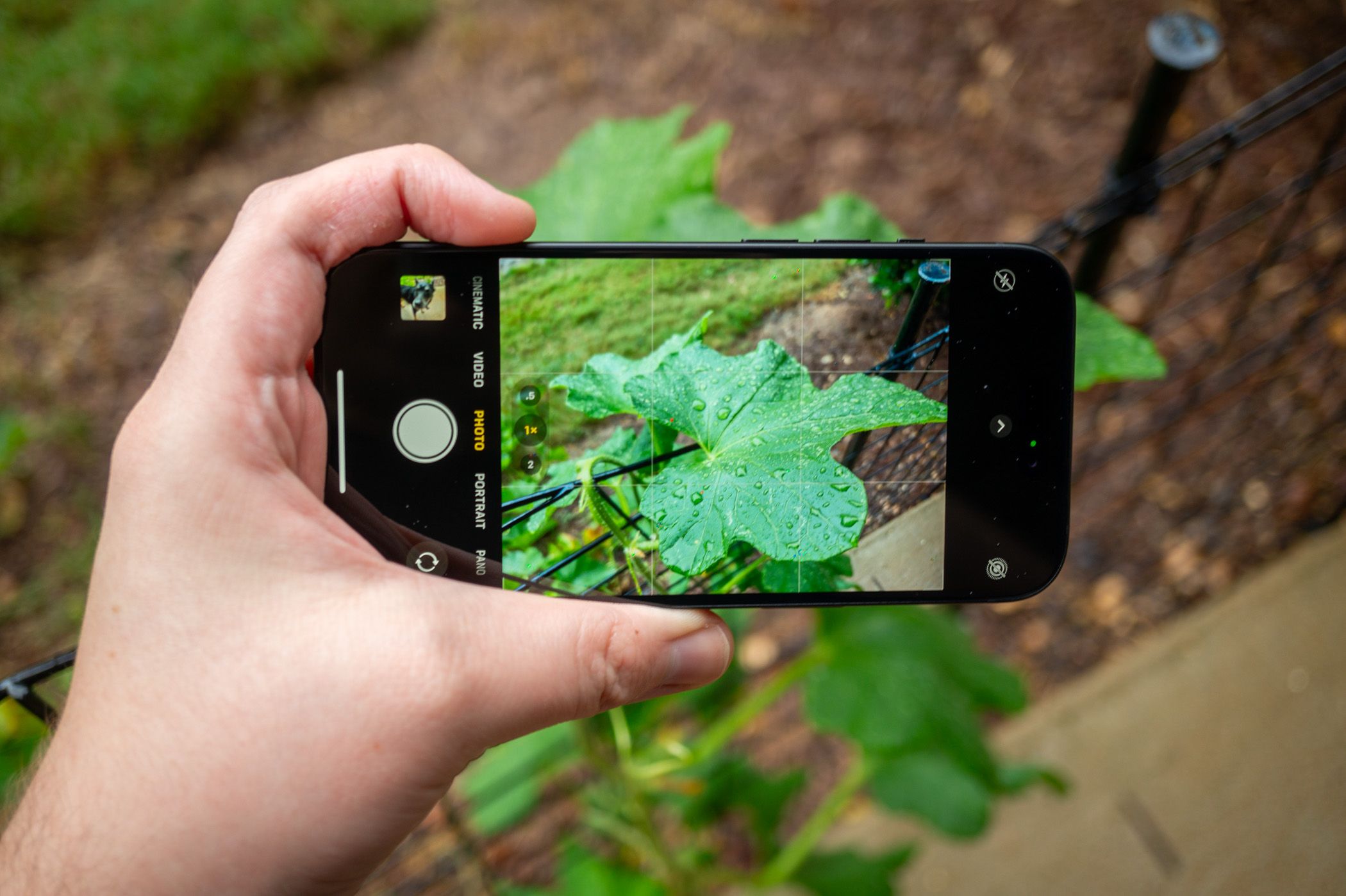Key Takeaways
- The iPhone’s default Camera app lacks a number of useful manual controls for things like white balance and brightness.
- Some Camera app features can be adjusted in Settings or in the app itself, but they still don’t help quite enough.
- Third party apps like Cinema P3 Pro Camera or ProMovie give users several more nuanced video settings.
Modern iPhones have high-quality cameras for both still photos and videos, but the baked-in Camera app leaves much to be desired. There are some ways to work around these limitations, but if you need more control, you’ll have to look at third-party camera apps instead.
What’s Wrong With Apple’s Camera App?
The iPhone Camera app is quite capable of producing good-looking imagery—Apple itself often hosts Shot on iPhone competitions, and the cameras are often a big talking point whenever new models are revealed—but it’s also extremely limited. Shots taken outdoors in sunlight tend to look great, but an iPhone can be… “argumentative” in a studio setting. Especially a small or amateur studio.
Tapping the screen to focus on a subject and rebalance brightness and white balance simply isn’t enough control. It is possible to change the Camera settings so that Camera stops trying to adjust the white balance automatically while filming (which is fantastic because it’s a terribly annoying feature for me), and there are controls for exposure built into the default app, but it’s not enough.
There are no separate brightness settings, no control over ISO (light sensitivity), no manual white balance options, and tapping for autofocus and brightness wreaks havoc on any pre-established exposure settings. Nothing involving an expanded Camera app seems to be on Apple’s to-do list for iOS 18, either. That’s to be expected, after all Apple is designing the iPhone camera for everyone rather than professionals.
But if, like me, the default iPhone app just isn’t cutting it for you any more, the only option is to use a third-party app.
What I Use Instead
You’ll find a vast assortment of camera apps on the App Store, such as popular choices like Cinema P3 Pro Camera or FiLMiC Pro, and a lot of them will make a much better video recording app than what the iPhone comes with. As is usually the case with App Store unknowns, it’s a good idea to do a little research (check user reviews, look at the developer’s or publisher’s other listings, and so on) before installing anything.
I’ve been using ProMovie Recorder (free with in-app purchases) for years, and I’ve never felt the need to change to anything else. It provides separate controls for shutter speed, ISO, white balance, focus, and zoom—all of which can be adjusted while you’re recording. It lets you change between 4:3 and 16:9 aspect ratios, can record from 720p up to 4K, 24 frames per second up to 240, and gives you control over the audio sample rate and format (AAC or PCM).
Settings like white balance and ISO will also be remembered as long as you don’t kill the app completely, so if you’re filming in the same lighting conditions repeatedly (such as with that aforementioned small or amateur studio), you won’t need to readjust anything between recording sessions.
The only major drawback to using ProMovie over the default Camera app is how the interface will show up if you’re using your iPhone as a webcam, but even that can be accounted for with a couple of taps to go into Full Screen Mode and a few seconds of waiting for the Record button to go away.
Of course, what I want in a video recording app and what you want may not be the same thing, so maybe try the free version out before paying to remove watermarks in the full release.
It’s a shame that, for all of Apple’s camera quality prioritization over the years, it doesn’t seem interested in giving users a bit more control over any of it. In many ways, the iPhone’s approach is just to be an expensive point-and-shoot camera, which is great for approachability but otherwise disappointing.
Fortunately, there are plenty of alternatives out there to choose from. Once you find an app that works, you can even use this hack to make it your new default.





